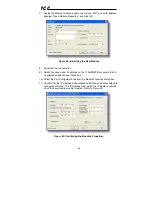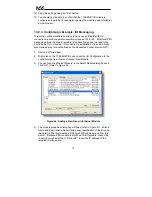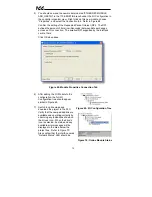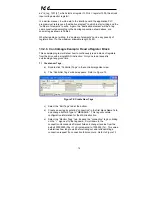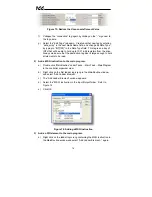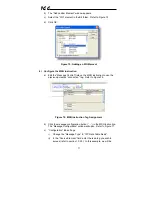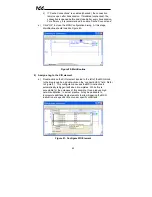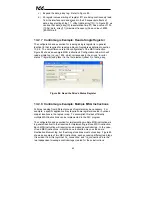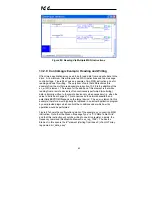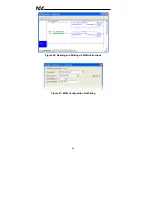
83
ICC
Figure 85: Reading Via Multiple MSG Instructions
13.2.9
ControlLogix Example: Reading and Writing
Often times, applications may need to both read data from and write data to the
drive. At a minimum, this will require two MSG instructions and two message
controller tags. Figure 86 shows an example of two MSG instructions, one for
reading and one for writing. The only item of note that differentiates this
example from the multiple-read example in section 13.2.8 is the addition of the
en_wr XIC element. The reason for the addition of this element is that while
reading from a remote device is often continuously performed (monitoring),
data is typically written to the remote device only when necessary (i.e. when the
value to write has changed). This conserves both network bandwidth and
potentially EEPROM lifespans on the target device. The en_wr element in this
example, therefore, would typically be replaced in an actual application program
by user-provided logic which controls the conditions under which a write
operation would be performed.
Figure 87 shows the configuration details of the example wr_connection MSG
instruction. Note that the chosen “Message Type” is “CIP Data Table Write”,
and that this instruction will only be writing to one drive register: namely, the
frequency command (Destination Element is wr_reg_1008). The Source
Element in this case is the 8
th
element (starting from index 0) of an INT array
tag named “wr_data_array”.

